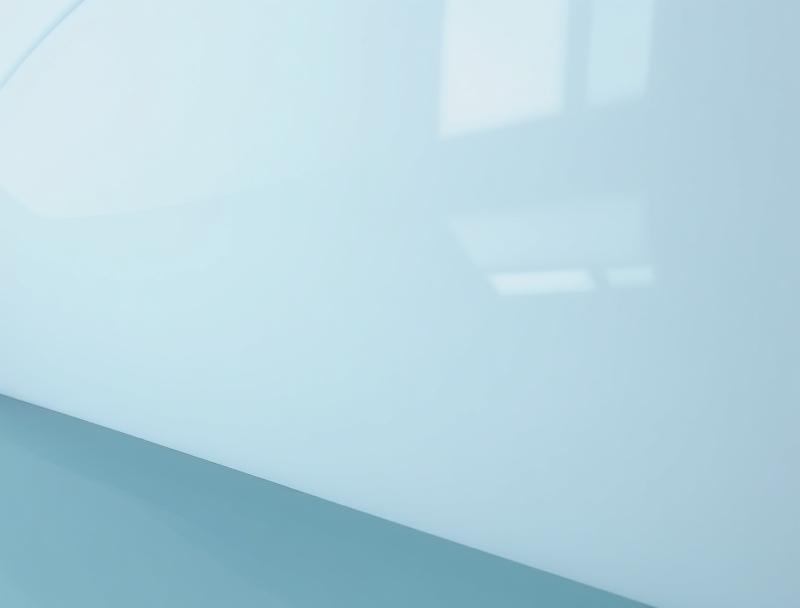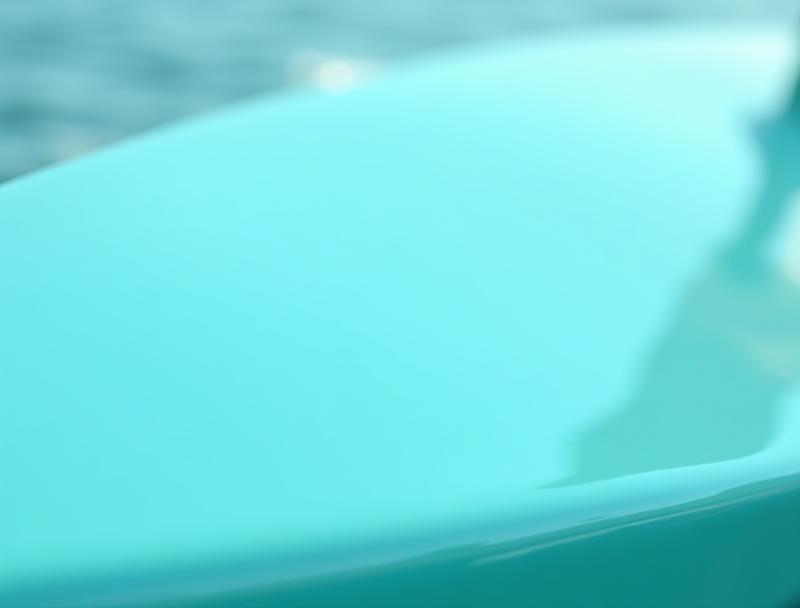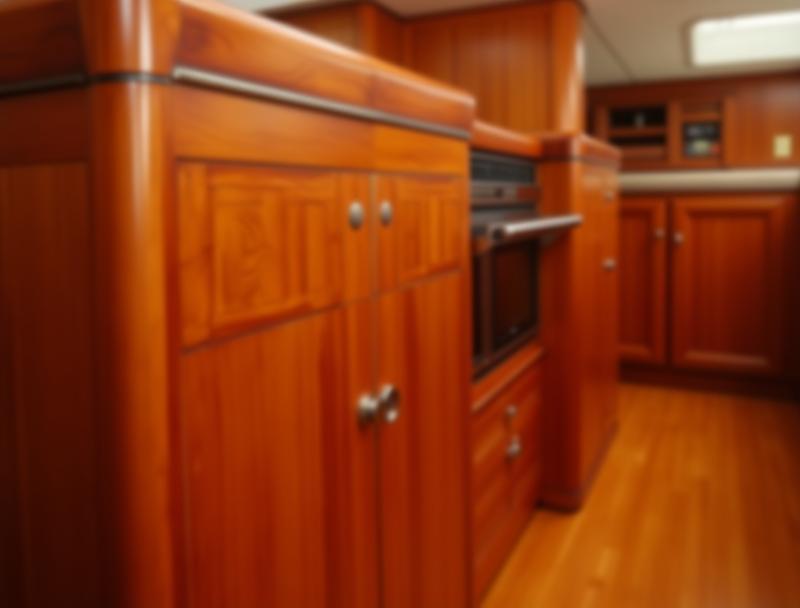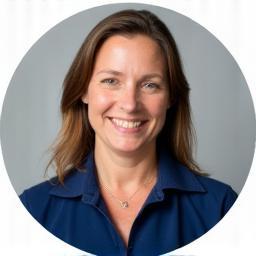
About Waterland Nautiek
Passionate About Boats, Dedicated to Quality
Established with a deep love for the marine world and a commitment to exceptional craftsmanship, Waterland Nautiek has become a trusted name in boat repair and maintenance in the Den Helder region. Our journey began with a simple goal: to provide boat owners with reliable, high-quality services that keep their vessels safe, beautiful, and performing at their best. We understand that a boat is more than just a possession; it's a source of joy, adventure, and connection to the water.
Located conveniently at Industriestraat 17 in the bustling port city of Den Helder, our workshop is equipped with modern tools and facilities, allowing us to handle a wide range of marine projects, from routine check-ups to complex structural repairs. Our team is not just skilled; they are enthusiasts who share your passion for being on the water. This shared passion drives us to deliver meticulous work with attention to every detail, ensuring that your boat receives the care it deserves.
We pride ourselves on building lasting relationships with our clients, based on trust, transparency, and open communication. From the initial assessment to the final handover, we keep you informed about the process and provide clear explanations of the work being done. Whether you own a small leisure craft or a larger yacht, you can expect the same level of dedication and expertise from every member of our team. Our mission is to ensure your complete satisfaction and the continued enjoyment of your time on the water. We are constantly investing in training and technology to stay at the forefront of marine service techniques, ensuring we can tackle any challenge your vessel may present. Safety, reliability, and aesthetics are the pillars of our work, reflecting our unwavering commitment to quality in every bolt tightened and every surface polished. Choosing Waterland Nautiek means choosing a partner who cares as much about your boat as you do.







